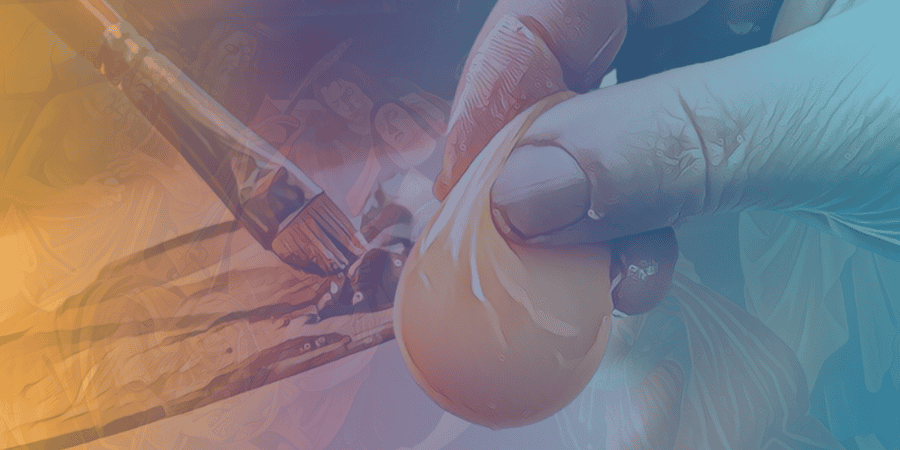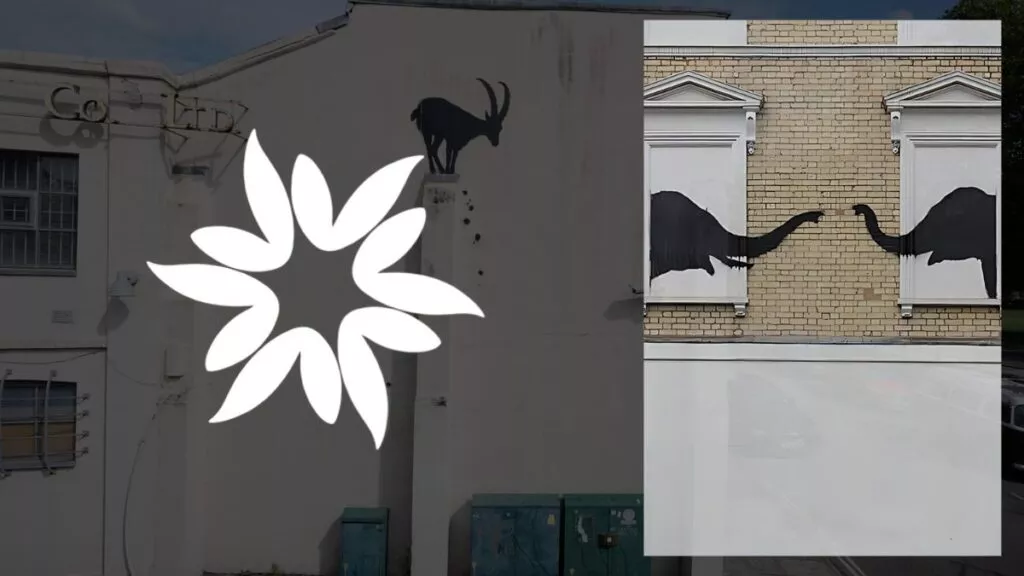Key Takeaways
- Renaissance artists such as Leonardo da Vinci and Sandro Botticelli may have added egg yolk to their oil paints to protect the artworks from humidity, prevent wrinkling, and slow down yellowing.
- In a recent study published in Nature Communications, researchers created two oil-egg recipes to compare with plain oil paint and found that the yolk's proteins, phospholipids, and antioxidants slowed paint oxidation and created sturdier links between pigment particles, resulting in stiffer paint that was ideal for techniques like impasto.
- Egg-infused oil paint can take longer to dry, but the egg proteins can also suppress the water absorbed in the paint in humid environments, helping prevent yellowing and wrinkling.
- Understanding how historical artists selected and manipulated their materials can aid in art preservation efforts and help people gain a deeper understanding of the creative process and the final product.
Renaissance artists, such as Leonardo da Vinci and Sandro Botticelli, may have added egg yolk to their oil paints to protect the artworks from humidity, prevent wrinkling, and slow down yellowing.
The discovery, reported in a study published in Nature Communications, provides valuable insights into the science behind the paintings and could help improve the preservation of invaluable artworks.
The Impact of Egg Yolk on Paint
Artists experimented with oil-based paints around the turn of the 15th century in Italy, when oil-based paints replaced egg-based tempera paints.
It has been unclear how adding egg yolk to oil paints affected the paintings. In a lab, researchers from the Karlsruhe Institute of Technology in Germany and the Doerner Institut created two oil-egg recipes to compare with plain oil paint.
One mixture contained fresh egg yolk mixed into oil paint, while the other had pigment ground into the yolk, dried, and mixed with oil.
Slowing Oxidation and Enhancing Texture
The scientists found that the yolk’s proteins, phospholipids, and antioxidants slowed paint oxidation, which can cause paint to turn yellow over time.
In the mayonnaise-like blend, the yolk created sturdy links between pigment particles, resulting in stiffer paint.
This consistency was ideal for techniques like impasto, a raised, thick style that adds texture to art.
Egg additions could also reduce wrinkling by creating a firmer paint consistency.
Ken Sutherland, director of scientific research at the Art Institute of Chicago, who was not involved in the study, stated that research on historical art mediums can not only aid art preservation efforts but also help people gain a deeper understanding of the artworks themselves.

Drawbacks and Benefits of Egg-Infused Oil Paint
However, the egg-infused oil paint can take longer to dry, which would have forced Renaissance artists to wait longer to add the next layer.
The researchers also found that the egg proteins suppressed the water absorbed in the paint in humid environments, helping prevent yellowing and wrinkling.
These findings suggest that the Old Master artists were likely aware of the benefits of adding egg yolk to their oil paints, even if they didn’t know the chemical and physical explanations behind the technique.
Implications for Art Preservation and Understanding
Ken Sutherland, director of scientific research at the Art Institute of Chicago, who was not involved in the study, stated that research on historical art mediums can not only aid art preservation efforts but also help people gain a deeper understanding of the artworks themselves.
The more scientists understand how artists selected and manipulated their materials, the more they can appreciate the creative process and the final product.








